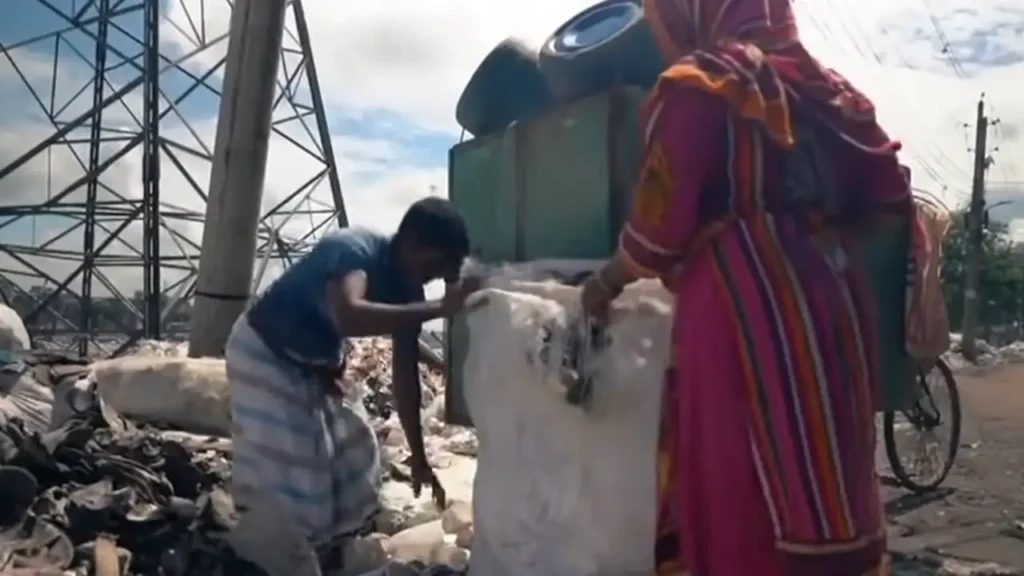The poor and girls in growing Asia have been disproportionately affected by the well being and price of residing crises, which has harmed their probabilities of long-term restoration.
In line with a research launched by the Asian Improvement Financial institution (ADB), the COVID-19 epidemic and better costs drove over 68 million people in Asia into excessive poverty as of final 12 months.
As of final 12 months, 3.9% of the inhabitants of growing Asia—or an estimated 155.2 million folks—lived in excessive poverty. In line with the analysis launched on Thursday, this quantity was 67.8 million higher than it could have been within the absence of the pandemic and the cost-of-living difficulties.
Residing on lower than $2.15 (€1.98) a day, based mostly on 2017 costs adjusted for inflation, is taken into account to be excessive poverty. Worldwide inflation has elevated lately because of provide chain disruptions introduced on by each the epidemic and escalating geopolitical tensions.
The simultaneous crises, however Asia and the Pacific’s regular restoration, are “undermining progress towards eliminating poverty,” in keeping with ADB Chief Economist Albert Park.
“Governments within the area can get again on monitor by strengthening social security nets for the underprivileged and inspiring funding and innovation that creates alternatives for progress and employment.”
When in comparison with pre-pandemic predictions, the ADB anticipated that by 2021, the pandemic had driven an extra 80 million people into excessive poverty.
Asia’s Weak Demographics: Amplifying the Impression of Inflation on Poverty
Since they’re unable to afford the upper costs of meals, gas, and different wants, the poor have been essentially the most negatively impacted by inflation. Moreover, it reduces their earnings, leaving them with much less cash for long-term investments like healthcare, schooling, or different possibilities.
Because of their propensity to earn lower than males and their requirement to carry out unpaid labour, girls have additionally been disproportionately impacted.
Apart from having decrease incomes, the ADB claimed that the poor find yourself having to pay extra for entry to requirements. For instance, low-income households typically must buy items in smaller quantities, which can be dearer than buying in bulk. Moreover, they are often made to dwell in slums the place they face extra well being dangers, driving up the expense of their medical therapy.
The analysis included suggestions on how Asian international locations may help in addressing the rising price of residing problem. This entails enhancing entry to financial providers, boosting help for agricultural progress, bolstering social safety techniques, giving infrastructure investments first precedence, and fostering technological innovation.
By 2030, 1.26 billion Asians, or near one-third of the continent’s inhabitants, can be deemed economically fragile, in keeping with the ADB.
